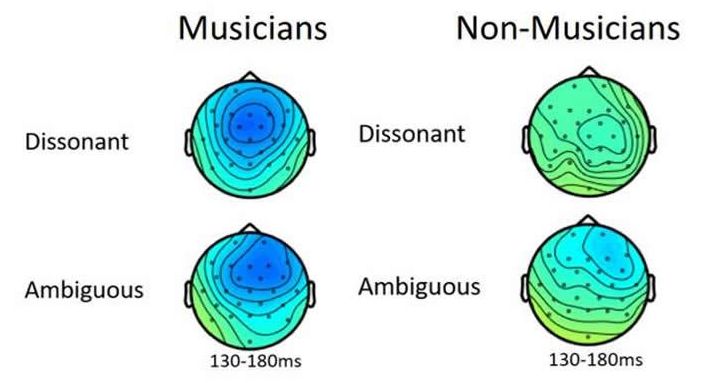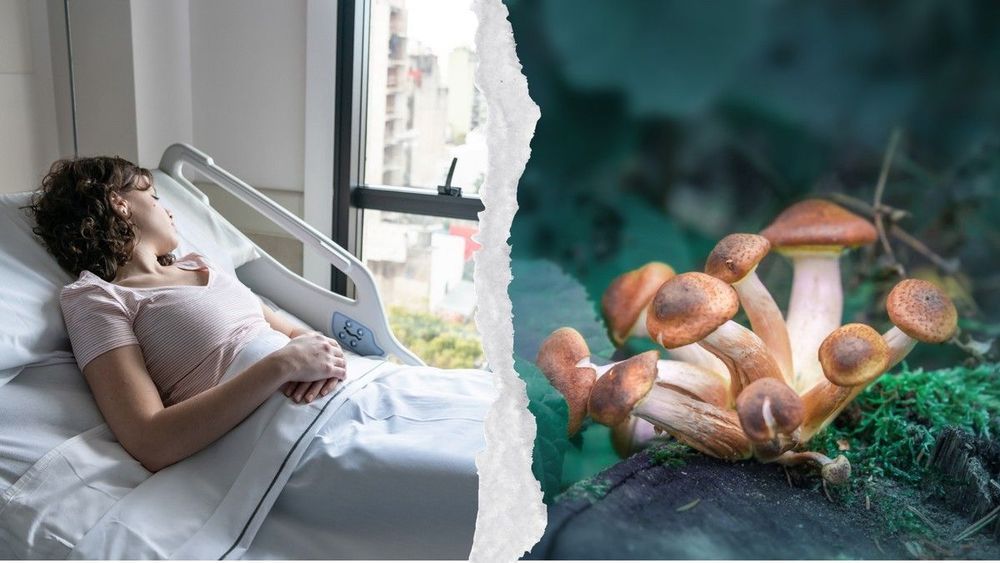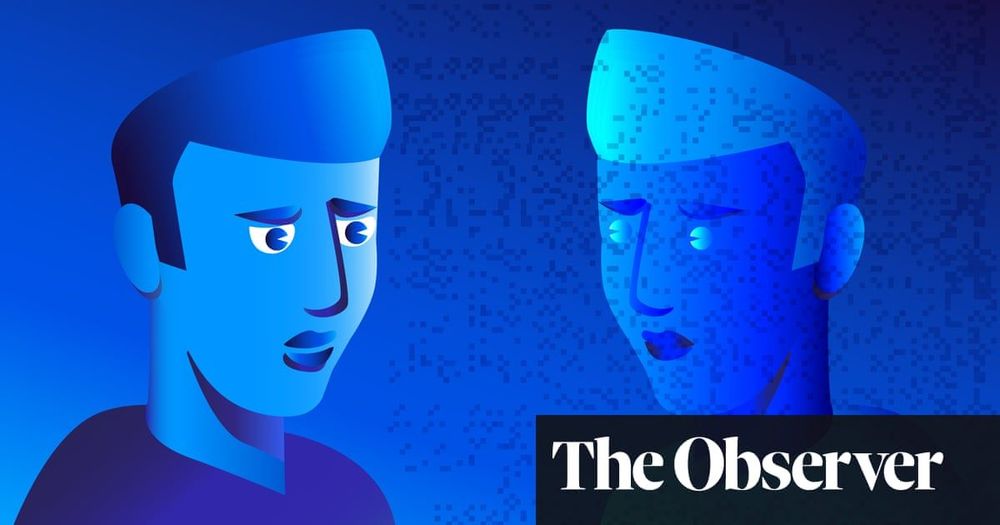Assumptions: The Case Against Reality
When it comes to scientific theory, (or your personal life) be sure to question everything.
- The theories we build to navigate the world, both scientifically and in our personal lives, all contain assumptions. They’re a critical part of scientific theory.
- Cognitive psychologist Donald Hoffman urges us to always question those assumptions. In this way, by challenging ourselves, we come to a deeper understanding of the task at hand.
- Historically, humans have come to some of our greatest discoveries by simply questioning assumed information.






